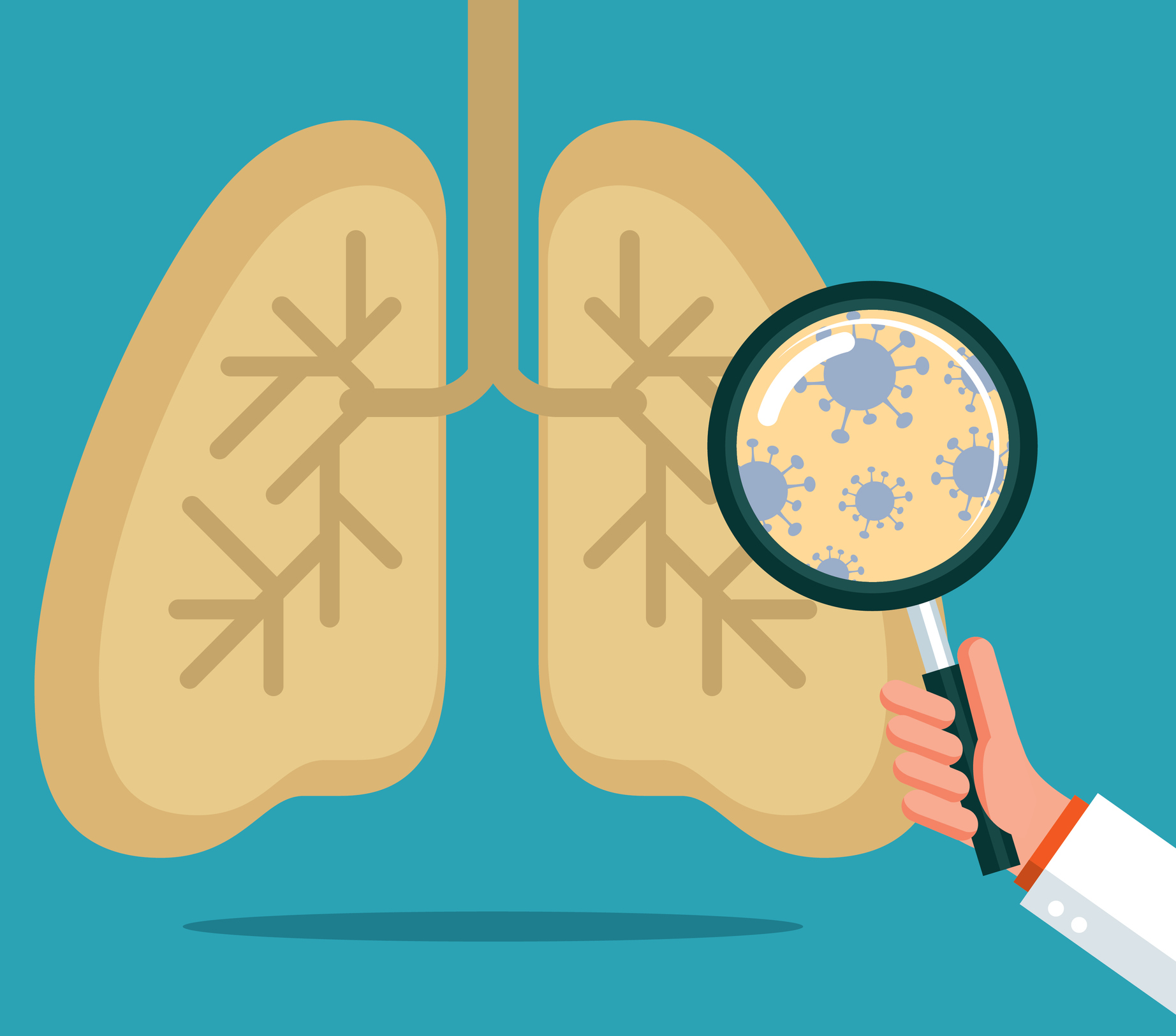
Learn About TB
Tuberculosis (TB) is caused by a bacterium called Mycobacterium tuberculosis. The bacteria usually affect the lungs but can also attack other organs in the body, such as the kidneys, spine, and brain. The most common symptoms of TB are persistent cough with blood or sputum, fever, loss of appetite, weight loss and sweating at night. Not everyone infected with TB bacteria becomes sick. As a result, two TB-related conditions exist: latent TB infection (LTBI) and TB disease. TB can be spread through air when people cough, sneeze or speak. If not treated in a timely manner or properly, TB disease can be fatal.
The National Prevention Information Network (NPIN) offers resources for public health professionals seeking information about resources, guidelines, and materials. For the latest information about tuberculosis, sign up for NPIN’s newsletter today.
Signs & Symptoms
How TB Spreads |
LTBI and TB Disease |
Signs & Symptoms |
TB Risk Factors |
Exposure to TB |
TB Prevention |
Vaccines |
TB & HIV Coinfection |
TB Terms |

